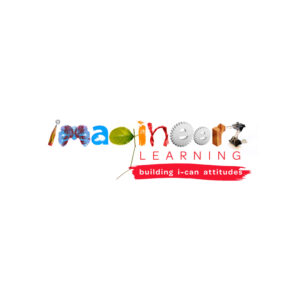Imagineerz@School Teaching Tip: Highlights From Our Training Video

Maximizing classroom time for hands-on activities is crucial in fostering a conducive environment for creativity, experimentation, and growth. By adhering to our structure, you give students the freedom to explore, fail, and ultimately, learn from their experiences. Here’s how to maximize your hands-on building time.
Encouraging Broad Thinking
Students thrive when given at least 45 minutes of uninterrupted time. They can then engage with materials, iterate on their ideas, and navigate the challenges of bringing their visions to life. This duration is not arbitrary; it is a calculated span that allows students to deeply dive into the problem-solving process, encounter obstacles, and develop resilience by adapting their strategies as needed.
Fostering Creativity
Through ‘What’ not ‘How’ Encouraging students to focus on the ‘what’ rather than the ‘how’ of their creations opens the door to innovation and creativity. By shifting the conversation from the specifics of construction to the broader vision of what they aim to achieve, students are prompted to think more abstractly and ambitiously. This approach not only fosters a more creative mindset but also encourages a diverse range of ideas, which is essential for problem-solving and innovation.
Managing Creativity and Mess
Creativity, by its nature, often leads to messiness—a physical manifestation of the brainstorming, experimentation, and iteration that are hallmarks of the creative process. However, managing this chaos is part of learning. Guiding students through an organized clean-up process reinforces the importance of responsibility and respect for shared spaces, turning even the conclusion of the activity into a learning opportunity.
Developing a Growth Mindset
Developing a growth mindset in students is a critical outcome of this hands-on approach to learning. When faced with a problem, students are encouraged to persevere, utilizing open-ended questions that prompt them to think critically about their projects. This method of guidance helps students to discover their own solutions, rather than relying on direct answers. It teaches them that failure is not a setback but a step forward in the learning process.
In Conclusion
The goal is to create a classroom environment where students feel empowered to take risks, embrace their creativity, and learn from their experiences. By focusing on the ‘what’, encouraging a broad range of ideas, and guiding students through their challenges with open-ended questions, educators can cultivate a space where students develop the confidence and skills to tackle any problem with a growth mindset.
If you found this content helpful, you might enjoy this Imagineerz blog post and check out Why Is a Growth Mindset Important in the Classroom?!



